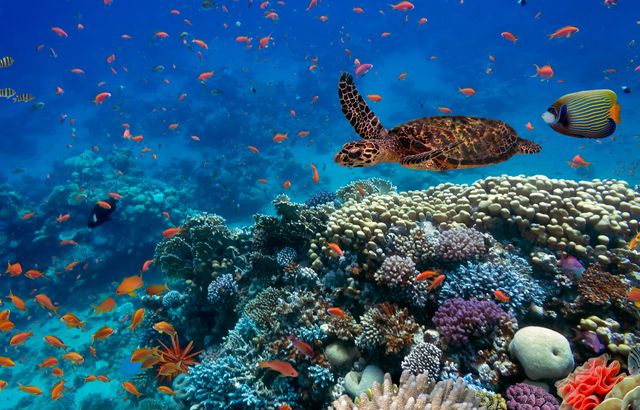When man-made environmental damage surpasses a threshold, it can result in a non-linear change in the environment, or a so-called tipping point, a senior investment manager said.
There are nine so-called planetary boundaries in a model built by scientists and economists; including climate change, ocean acidification, stratospheric ozone depletion and biodiversity.
But companies are not offering solutions to tackle the gradual extermination of biodiversity despite the fact that the issue has already exceeded its planetary boundary.
When Pictet Asset Management applied the model to its strategy, the firm wasn’t able to identify companies seeking to protect biodiversity.
The firm’s senior investment manager, Luciano Diana, commented at a press briefing: “If we found opportunities, we would invest in them.”
Planetary boundary solutions
The Pictet – Global Environmental Opportunities (Geo) fund, which invests in global equities, applies a proprietary screening tool, using the scientific planetary boundaries’ model, to identify companies with a low environmental footprint.
The Geo fund selects those companies that are able to “make a real difference in reversing environmental degradation” in regard to the planetary boundaries through their services and products.
The core belief of the fund is that solutions will outperform, as they will benefit from tailwinds, such as different attitudes to and awareness of environmental problems, as well as more favourable policies, said Diana.
Selected companies “don’t rely on over-consumption and stay away from oil and gas and heavy industries”, he added.
Examples are companies operating in the renewable energy sector, waste management and recycling or the ‘dematerialised economy’, ie the digitalisation of the manufacturing sector.
To the latter belong information technology companies, such as Autodesk and Ansys, which are the two top holdings of the fund.
According to Diana, the fund favours mature technologies, which “stand on their own feet”, and companies consuming less raw material.
Life cycle assessments
In addition to the planetary boundary framework, the fund also applies one for life cycle analysis to select industries with the smallest environmental footprint.
The life cycle assessment framework is used to calculate the waste emissions and resource usage of each industry that makes up the global economy.
The model analyses every activity and stage in the production of a good or service, from extraction of raw materials to manufacturing, product use and disposal and recycling.
Pictet works with an external research partner to carry out the life cycle assessment, which also allows it to estimate companies’ scope 3 emissions data.
The data, which captures among others emissions released from the consumption of products and services, is difficult to measure as of today.
Fund data
Pictet’s thematic equities team manages around $40bn (€35.9bn) in assets and invests in 50 stocks.
The fund aims to create superior return and positive environmental impact and has outperformed the MSCI Acwi Index by 3.6% per annum since 2014, the firm said.
It is unconstrained by sectors, sizes or regions.
Pictet estimates that the environmental products industry is already worth some $2trn and can grow by about 6-7% per year.







